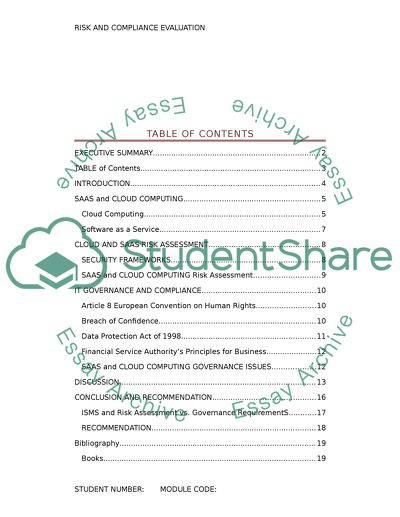Cite this document
(“Risk and Compliance Evaluation Essay Example | Topics and Well Written Essays - 4000 words”, n.d.)
Retrieved from https://studentshare.org/environmental-studies/1409433-risk-and-compliance-evaluation
Retrieved from https://studentshare.org/environmental-studies/1409433-risk-and-compliance-evaluation
(Risk and Compliance Evaluation Essay Example | Topics and Well Written Essays - 4000 Words)
https://studentshare.org/environmental-studies/1409433-risk-and-compliance-evaluation.
https://studentshare.org/environmental-studies/1409433-risk-and-compliance-evaluation.
“Risk and Compliance Evaluation Essay Example | Topics and Well Written Essays - 4000 Words”, n.d. https://studentshare.org/environmental-studies/1409433-risk-and-compliance-evaluation.


